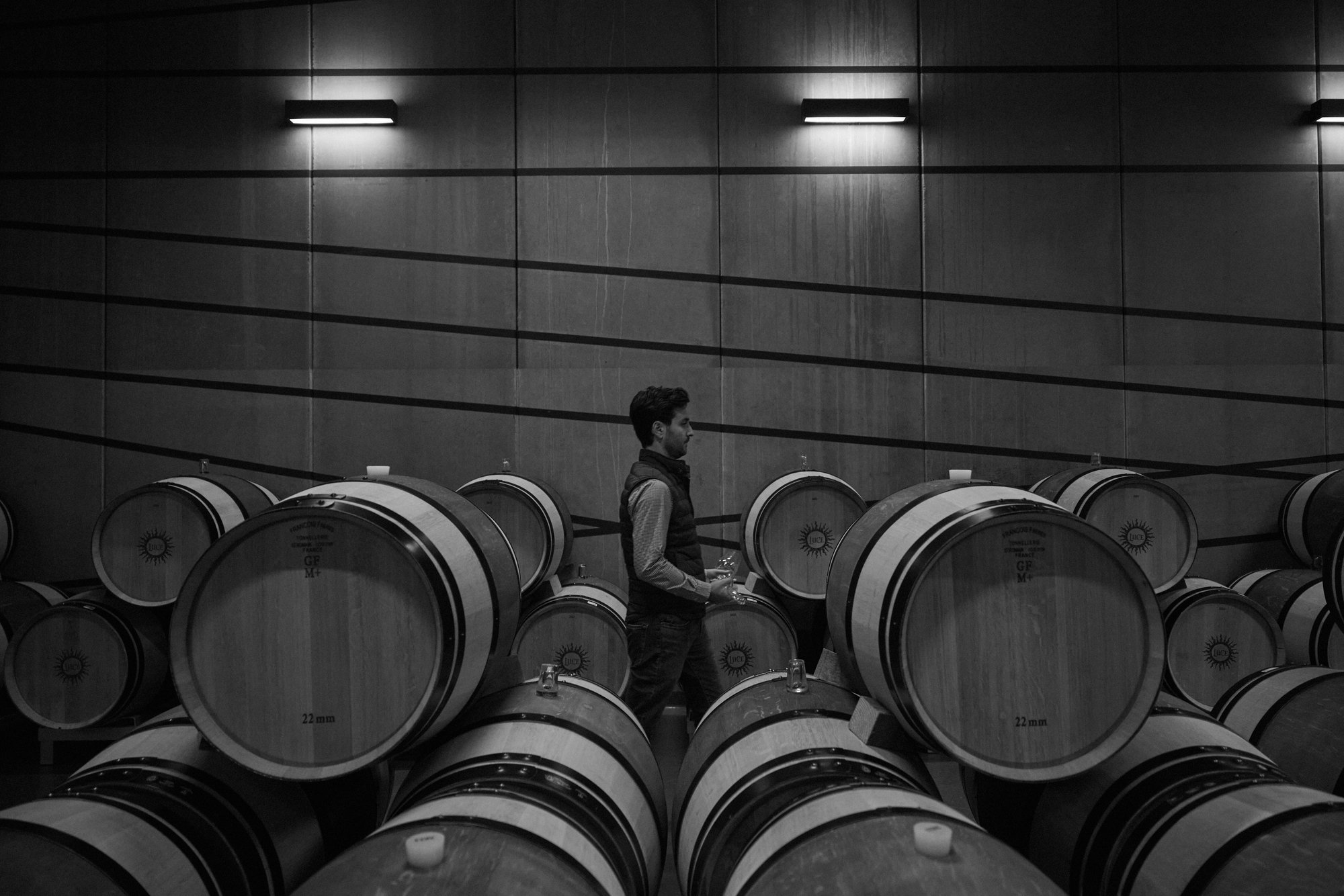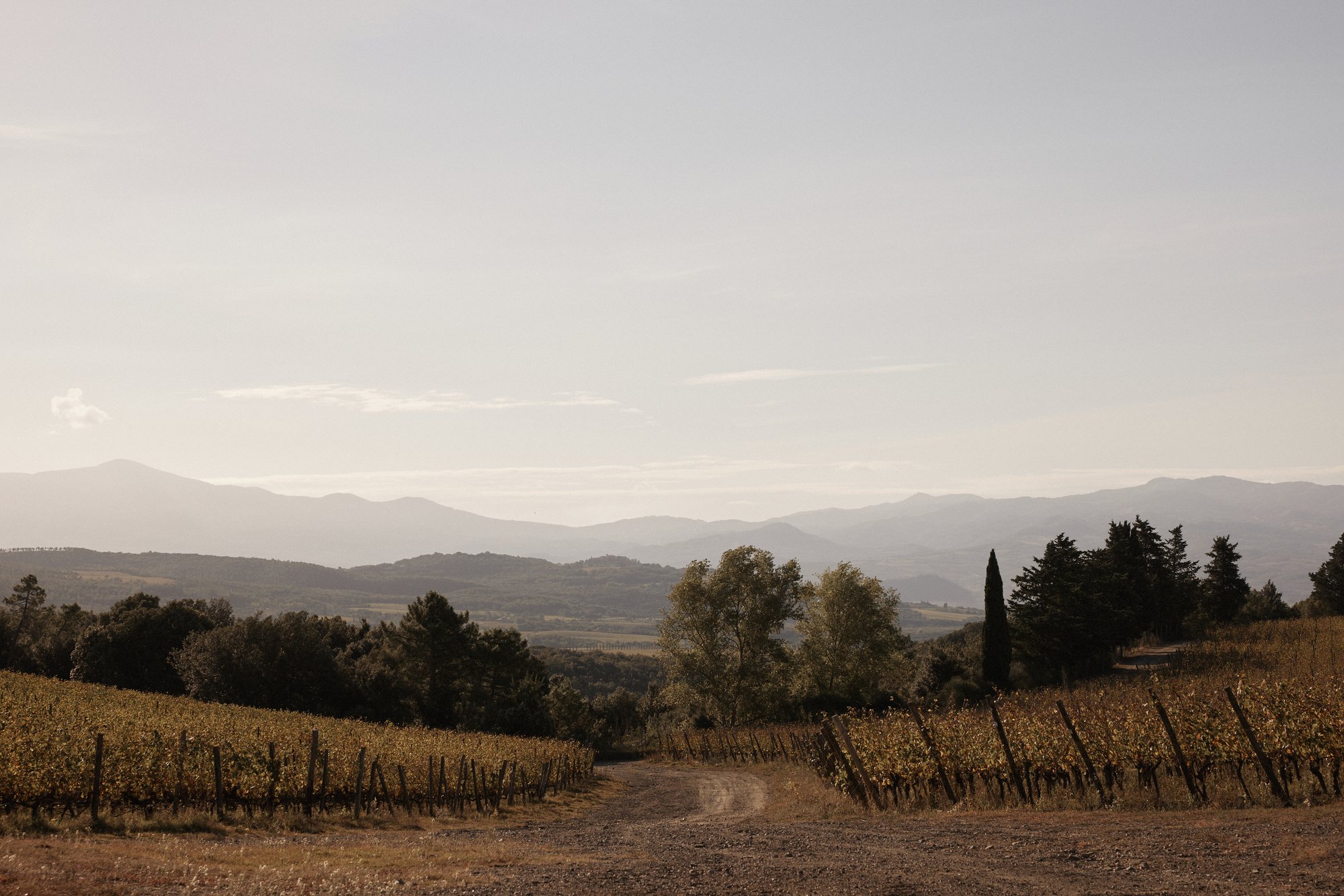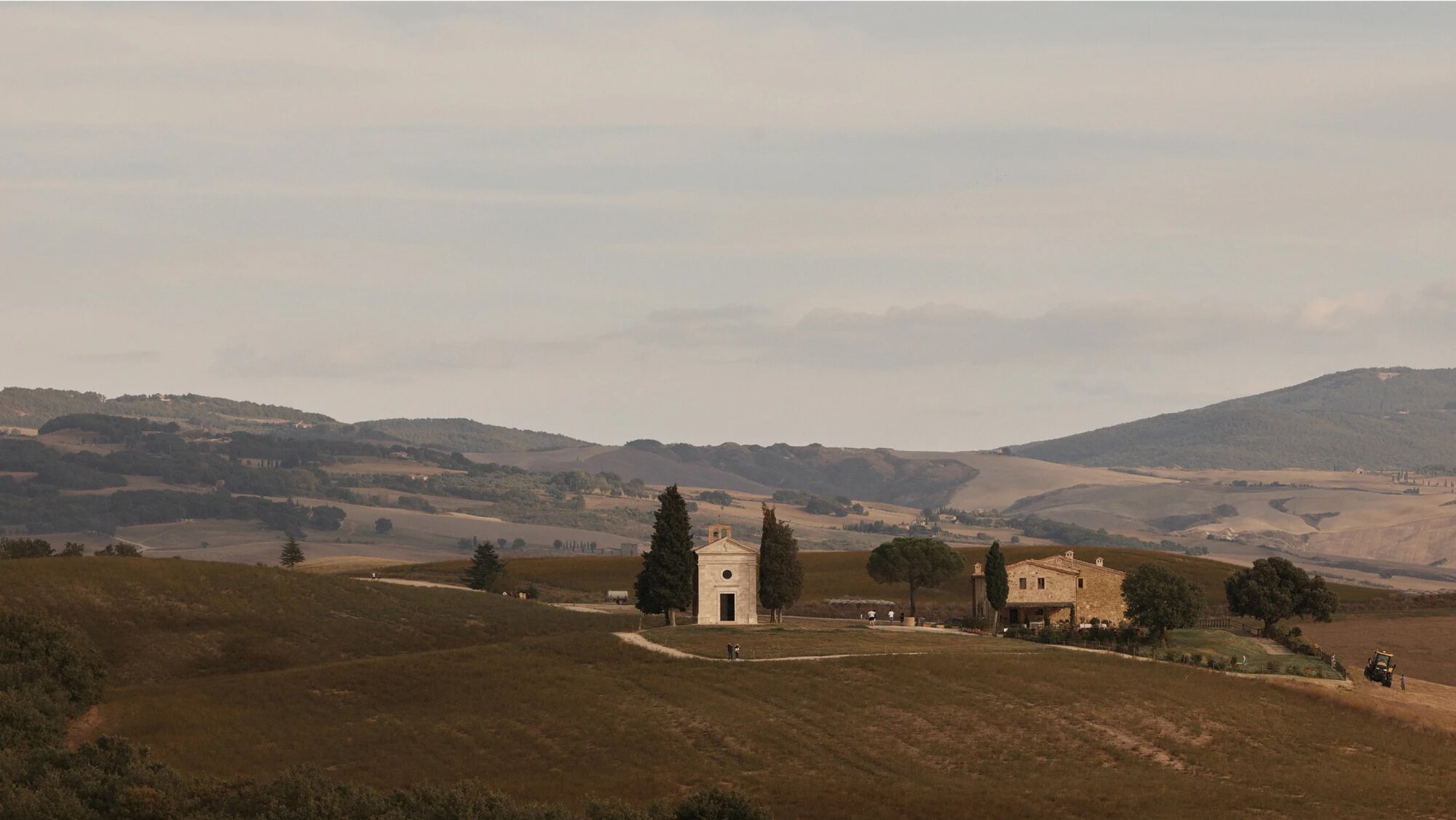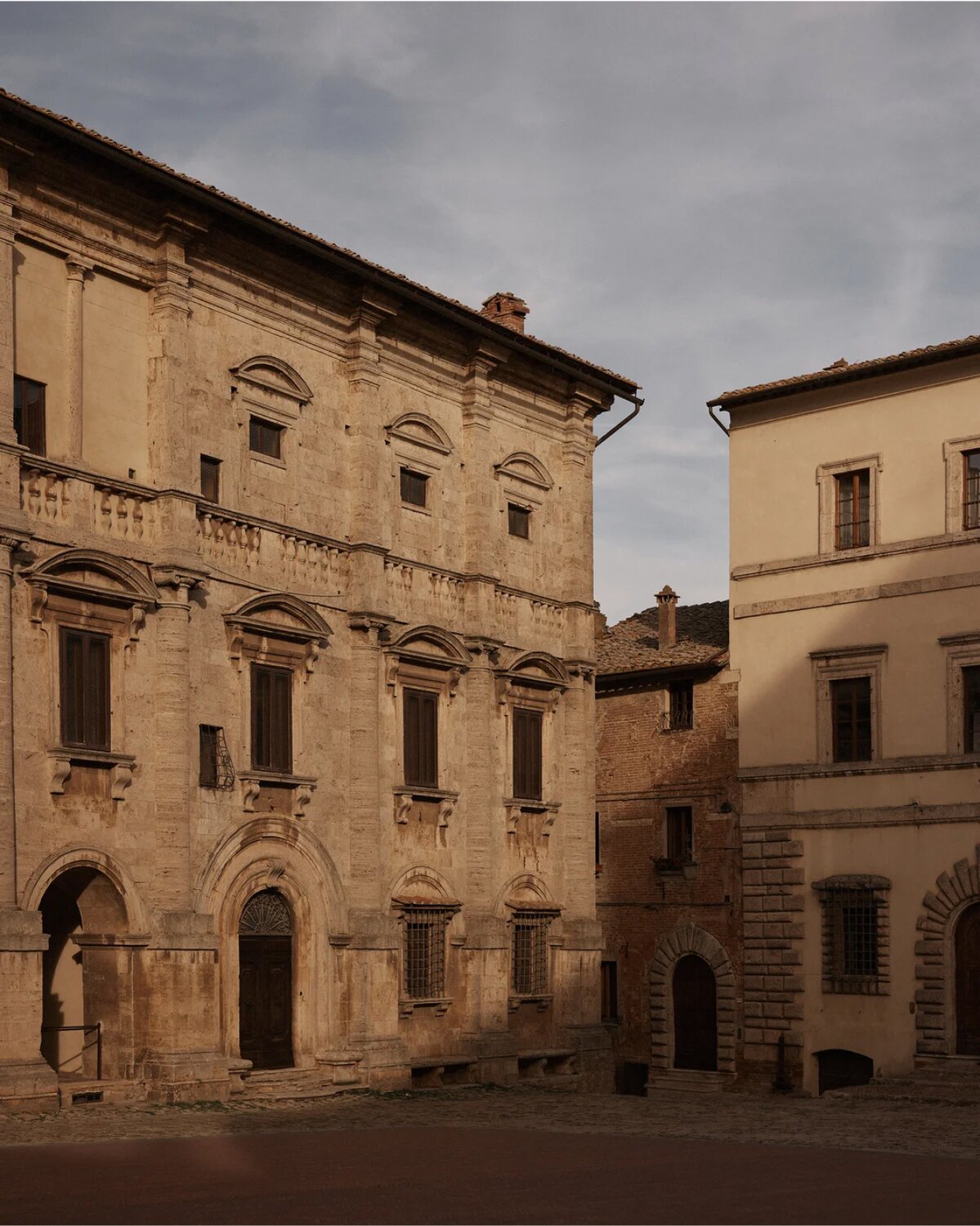Few are better placed to discuss the region’s longstanding ties with viticulture than the Head Winemaker at Tenuta Luce, Alessandro Marini. This winery is owned by the Frescobaldi family, a Florentine wine dynasty dating back to 1308, whose archives include commercial contracts with European courts, the Papacy and renowned Renaissance figures like Donatello.
Despite the impressive heritage of Tuscan winemaking, Alessandro believes that “tradition and innovation go hand-in-hand. New technologies allow us to enhance the characteristics… to be more precise in production. At the same time, we never ignore custom, embracing the use of barriques [oak wine-storing vessels] and large traditional barrels”.
Human intervention plays a role, but nature is the winery’s trump card: “Our philosophy is to reflect our distinct terroir inside the bottle, and then, in the glass”. Terroir refers to the environmental factors that give a particular wine its unique character. At Tenuta Luce, the mild Mediterranean climate and high altitudes (350-420 metres above sea level) help their vines grow rich fruit. Sangiovese fairs better towards the top. Merlot in the lower elevations.
The impact weather has on the grape harvest — “climate change is absolutely a challenge” — means all serious wine-growing regions are putting sustainability front and centre. Since 2015 Tenuta Luce’s vineyards have been certified organic, ensuring the biodiversity of the estate. The sustainable cellar is positioned under the garden, where a grassy ceiling regulates the temperature, leading to significant energy savings. While bottles of their popular Lucente are now made with less glass.
Our philosophy is to to reflect our distinct terroir inside the bottle, and then, in the glass
The estate’s iconic wine, Luce, is a fitting example of a ‘Super Tuscan’. First coined in the 1990s, these are innovative red wines from Tuscany made from native and non-native grapes. In Luce’s case, this is a harmonious blend of Sangiovese and Merlot — the first of its kind in Montalcino — capable of expressing, vintage after vintage, Tenuta Luce’s original interpretation of the land. Super Tuscans are highly sought-after and collectable, “red wines of great value and worldwide excellence”.
Tuscany might be wedded to the vine, but there’s more to it than that. Culture vultures will find UNESCO World Heritage Sites in larger cities like Siena and Florence. The latter, the crucial city in the Italian Renaissance, boasts Michelangelo’s David and the gravity-defying Dome of Florence Cathedral, designed by Brunelleschi. On a simple stroll, “you can admire the art and architecture of many different centuries”.
The food scene is unpretentious and hearty, centred around local ingredients and simple recipes that have been passed down through peasant-farmer families for generations. Modern Tuscans are big meat-eaters. Bistecca alla Fiorentina is a thick-cut steak cooked with olive oil, rosemary and garlic available in trattoria’s across the region. Wild game is popular too.
Another cultural activity with a rich history in Tuscany is leather making. The first tanneries in this area date back to the Etruscan age (c. 8th century BC). Fast-forward to the 21st century, Tuscany is considered a world leader in leather production. In fact, it’s where we source the buttery-smooth Vachetta leather used to make the bags in our Heritage range.

Palissy Double
For Alessandro, the region’s underlying appeal is easy to summarise: “The beauty of the landscape invites you to holiday here”.
Charmed by Tuscany? Take a trip to the Tenuta Luce Estate or one of the picturesque hamlets dotted across the countryside. Walks amongst vines scattered with patches of wilderness where deer and wild boar roam, historical sites and, crucially, authentic locally-produced wine are on the cards here.
Places to see
La Fortezza di Montalcino
A 14th-century fortress that dominates the skyline of Montalcino, offering scenic views of the surrounding olive groves and vineyards. It was originally used to defend Siena from rival regional power Florence, holding out until its fall in 1555. Go for the view, stay for wine tasting at the celebrated enoteca (wine bar) in the fortress courtyard.
The most historical place in Montalcino, but also the highest vantage point, so you have beautiful views of the rolling Tuscan countryside around
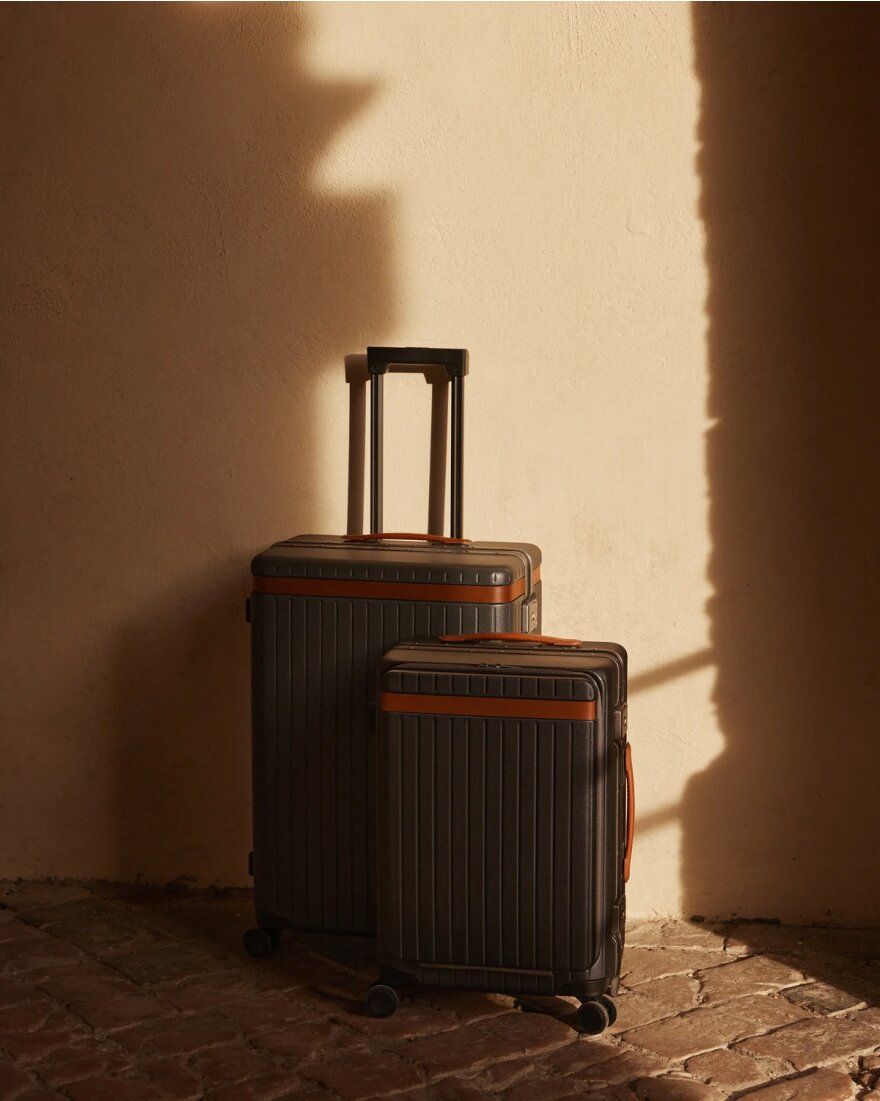
The Luggage Set
Abbazia di Sant’Antimo
Nestled between the cypress trees and isolated hamlets of the Val d’Orcia, the Romanesque Abbey of Sant’Antimo dates to the 12th century. It’s occupied by a small order of Benedictine monks who produce and sell olive oil made from the surrounding groves. Their austere life includes daily Gregorian chanting, which visitors are welcome to observe.
There is a powerful energy within the abbey and you get a real sense of the history of the place
Piazza Grande, Montelpulciano
Less public square, more open-air museum, the beating heart of Montepulciano is one of the few flat expanses in this hilly area. It’s home to imposing Renaissance palazzos, a 16th-century cathedral and clock tower built by on Cosimo de Medici’s orders.
A beautiful example of a medieval Italian piazza
Osteria del Borgo
Walking distance from Piazza Grande, Osteria del Borgo’s philosophy relies on ‘zero kilometres’ ingredients. Handmade pasta, the wine-pairing advice of a Level 4 sommelier (the restaurant stocks 600 labels) and terrace views overlooking the Valdorcia hills make for a memorable combination.
Eat a little later to ensure you’re seated whilst the sun goes down — the view is special
The latest product news and travel guides? It's just a sign-up away.


